Quantum Communication
Introduction
Quantum communication is a field of applied quantum physics closely related to quantum information processing and quantum teleportation. It involves the use of quantum mechanical effects to perform communication tasks that are not possible with classical communication systems. The most well-known application of quantum communication is quantum key distribution (QKD), which offers an information-theoretically secure solution to the key exchange problem, fundamentally important in modern cryptography.
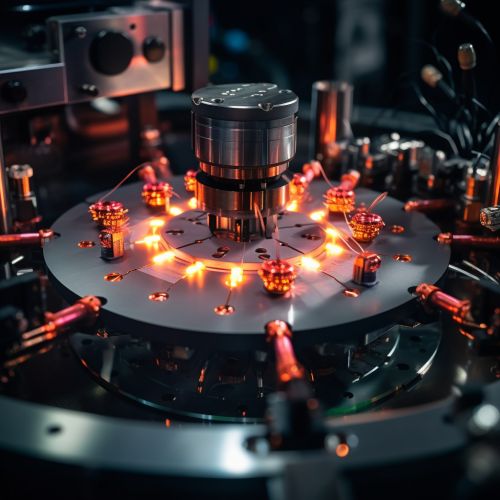

Quantum Mechanics and Communication
Quantum communication is based on the principles of quantum mechanics, the theory that describes the behavior of particles at the smallest scales. Quantum mechanics introduces several phenomena that have no equivalent in classical physics, such as superposition and entanglement, which are key to many quantum communication protocols.
Superposition
In quantum mechanics, particles can exist in a state of superposition, where they can be in multiple states at once. This is often illustrated by the thought experiment known as Schrödinger's cat, in which a cat in a box is both alive and dead until observed. In the context of quantum communication, superposition allows quantum bits, or qubits, to be in a superposition of 0 and 1, unlike classical bits which must be either 0 or 1.
Entanglement
Quantum entanglement is a phenomenon where two or more particles become linked and the state of one particle is instantly connected to the state of the other, no matter the distance between them. This "spooky action at a distance," as Einstein famously called it, is a cornerstone of quantum communication. It allows for the creation of strongly correlated systems that can be used for tasks such as quantum teleportation and quantum key distribution.

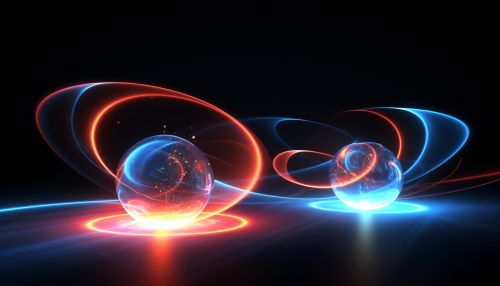
Quantum Key Distribution
Quantum key distribution (QKD) is a method of transmitting secret keys between two parties (commonly referred to as Alice and Bob) in a way that is secure against eavesdropping. The security of QKD comes from the fundamental principles of quantum mechanics, in particular the no-cloning theorem and the fact that measurement disturbs the system.

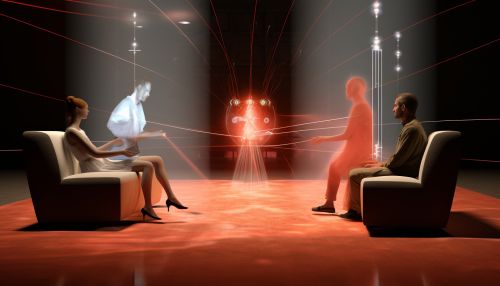
BB84 Protocol
The BB84 protocol, named after its creators Charles Bennett and Gilles Brassard, is the first and most well-known QKD protocol. It uses two non-orthogonal quantum states to encode the key, and its security is based on the fact that an eavesdropper cannot copy these states without introducing detectable errors.
E91 Protocol
The E91 protocol, proposed by Artur Ekert in 1991, is another QKD protocol that uses entangled pairs of particles to generate the key. The security of the E91 protocol relies on the violation of Bell's inequalities, a testable prediction of quantum mechanics that distinguishes it from local hidden variable theories.
Quantum Networks
A quantum network is a system of quantum nodes connected by quantum channels for the purpose of distributing entanglement and performing distributed quantum information processing. Quantum networks are the backbone of proposed quantum internet, where quantum information can be transmitted over long distances.
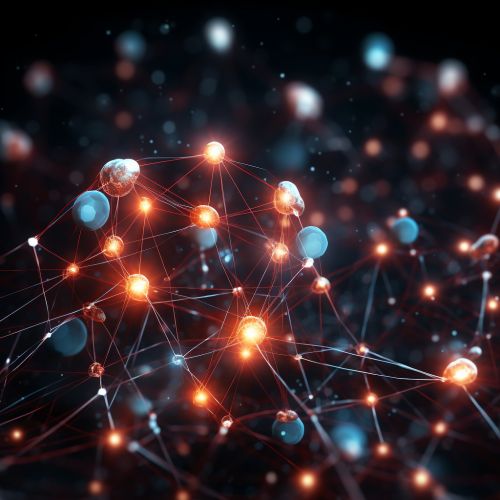
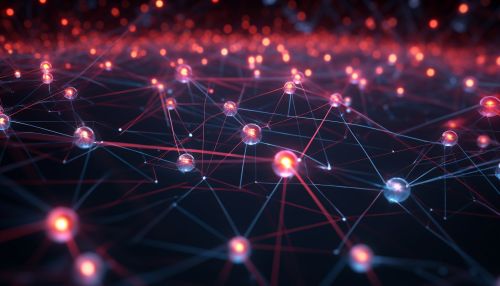
Challenges and Future Directions
Despite the exciting potential of quantum communication, there are still many challenges to be overcome. These include technical issues such as the difficulty of maintaining quantum coherence over long distances, as well as theoretical challenges such as the need for new security proofs and protocols.
The future of quantum communication is likely to involve the development of quantum repeaters to extend the range of quantum communication, the integration of quantum communication systems with existing telecommunications infrastructure, and the creation of a global quantum internet.


